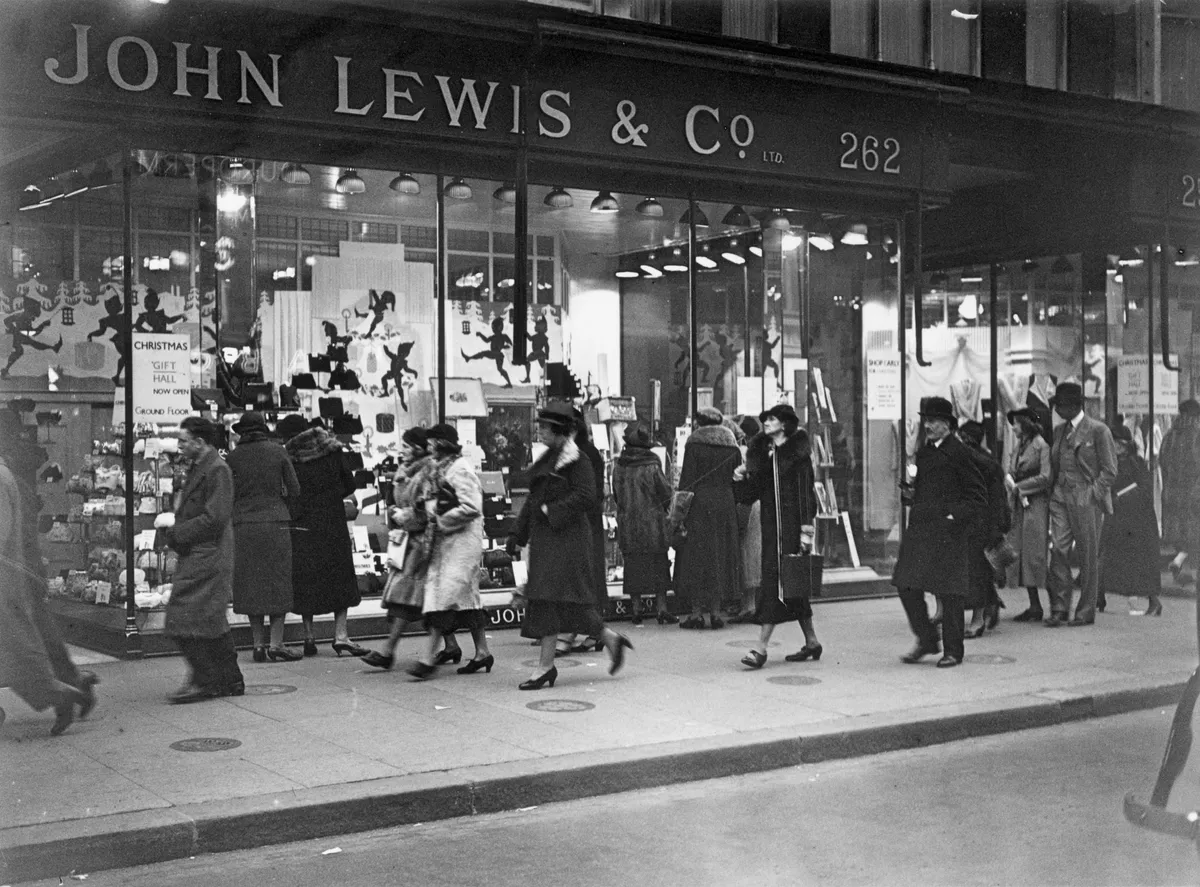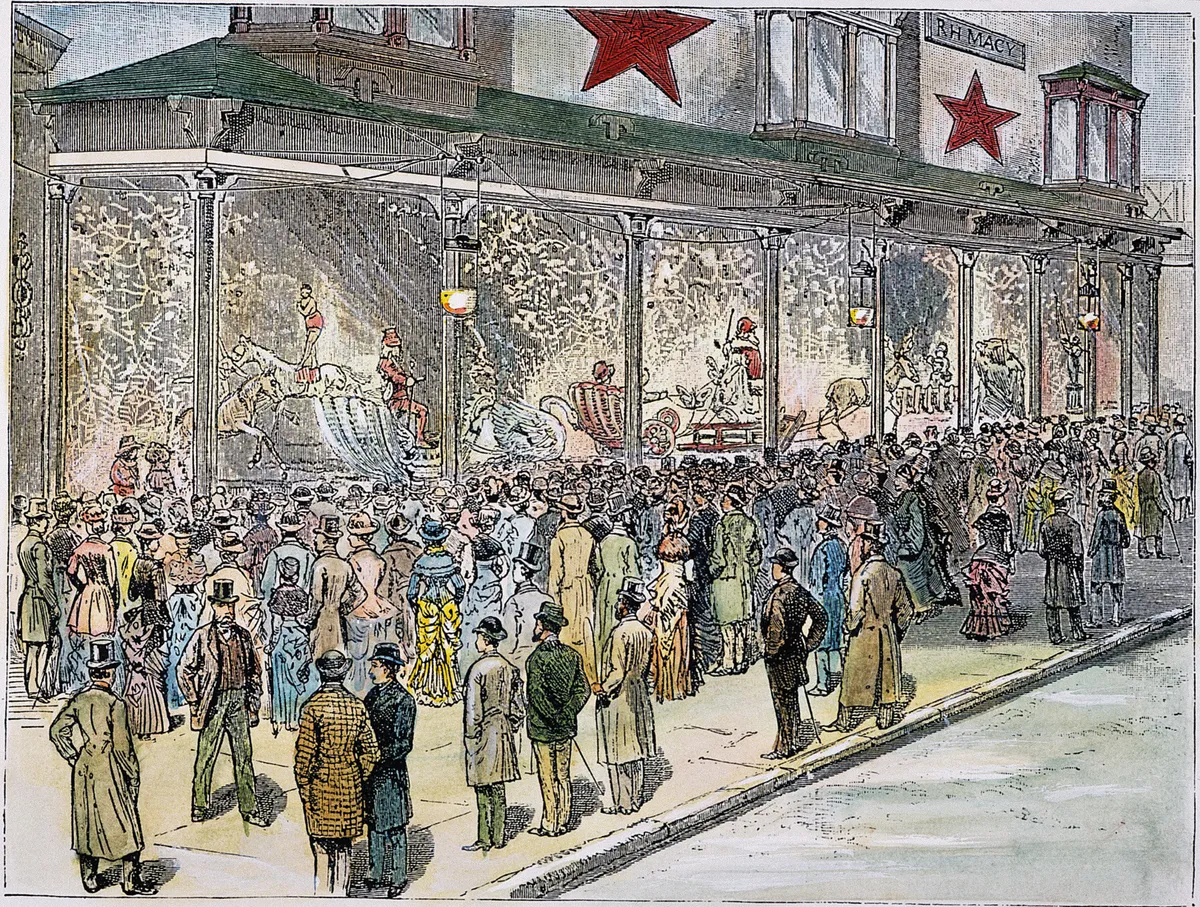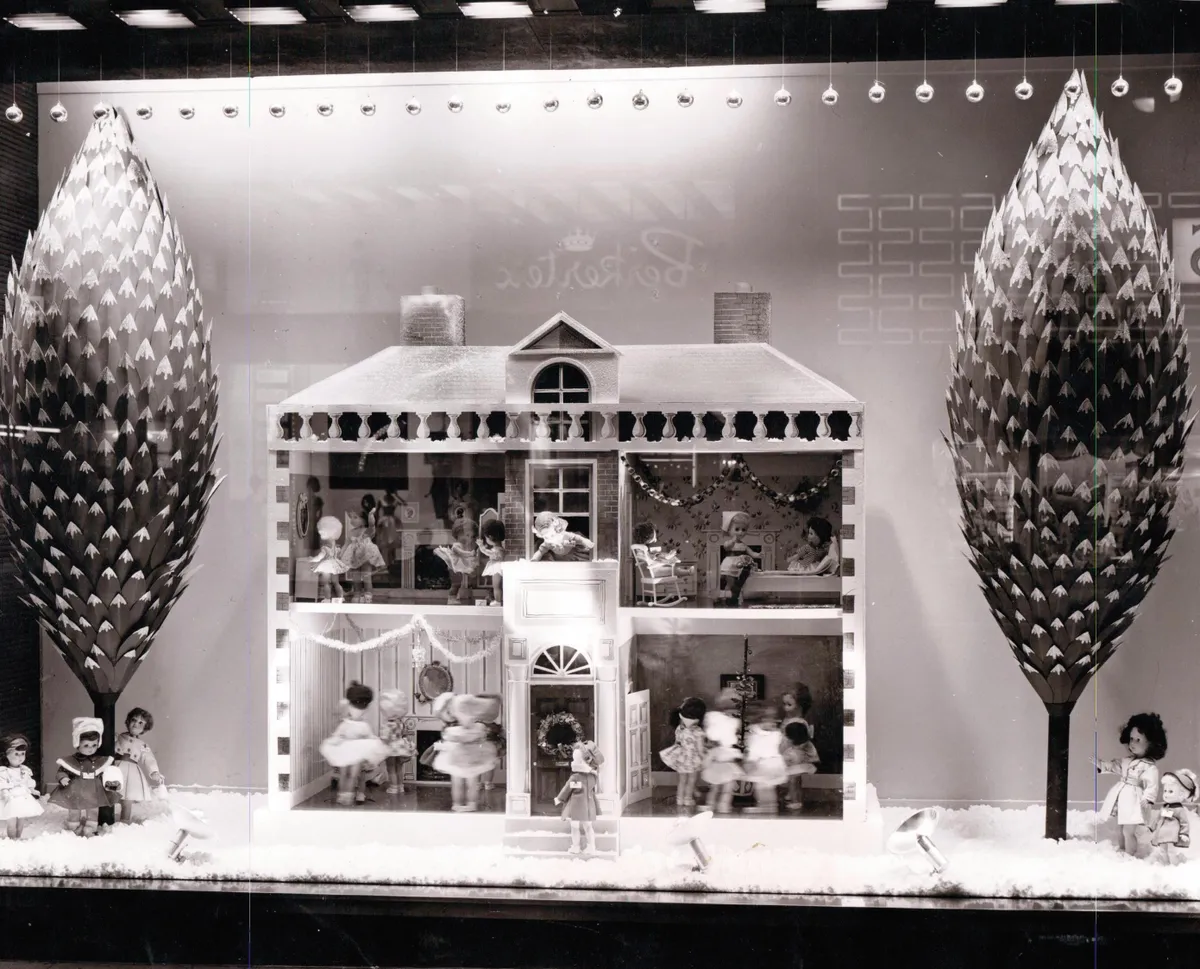For those who would label themselves a ‘Christmas person’, no festive run up iscomplete without avisit to Oxford Street. By night, it is aglowwith colour – not just from the hugely imaginative lights that hang high above the road, but also from the buildings, which are often covered top to toe in fairy lights and whose vast windows reveal theatrical scenes, designed to inspire awe and attract headlines.
And surely, even those with more than a subtle hint of Scrooge to their outlook can admit to having sneaked a peek in the newspaper to see how the top department stores have outdone themselves this year (if only to tut about the extravagance)? The big reveal of those magical windows has come to herald the start of the season and they’re often as much of a draw as what’s within those historic walls.
You might also be interested in the UK's best antiques shopping streets

What's the history of department store Christmas windows?
As unromantic as it sounds, we actually have the Industrial Revolution to thank for the origin of the great Christmas window.
‘Window-shopping was a pastime here from at least (as far as we know) the late 18th century. By the 19th century, when gas lighting appeared, some of its earliest uses was to illuminate shop windows. The bright displays against the much darker, not-yet-lit streets was striking,’ says Judith Flanders, author of Christmas: A Biography.
Dr Andrea Tanner, who is Fortnum & Mason’s in-house archivist, agrees: ‘I suspect be a noteworthy feature of our store.’
How did the early Christmas window displays look?
There’s little record of how exactly these early displays might have looked, but they would certainly have been much humbler than the elaborate displays of today – featuring foliage, the newly adopted Christmas tree (or German trees as they were initially known) and the store’s most festive products. In the case of food sellers, these would have included a showcase of delicacies such as the Twelfth Night cake, a huge, decorated fruit confection that would be consumed on 5th January.
The motive was the same as today though – the windows were designed to attract attention and shoppers, and that they did. For the general public they also offered an insight into how the other half lived. ‘Fortnum & Mason won a gold medal at the 1851 Great Exhibition and, the same year, we recreated the exhibit in our windows – it was a tri- cornucopia from which spilled ‘the fruits of the earth’.
Another year, a real turtle was placed in a tank of water to make the point that our turtle soup was made from real turtles. And, from the 1860s, there were shooting stars that leapt across the windows – probably made from gaslights,’ says Andrea.
Meanwhile, across the pond, says Judith, in 1874 RH Macy & Company claimed to have $10,000-worth of dolls in its Christmas display – a theme that continued with its later displays, which included a dolls’ croquet party and a colonial dolls’ outing. From the get-go, window displays were all about escapism.

Why did department stores decide to create Christmas window displays?
Children were always a big focus for most stores, with sweets and toys displayed in the windows to lure them– and their parents – inside. In the late 19th century, Santa’s grottos began popping up across the UK. ‘One of the first was said to be at JR Roberts drapery and furniture shop in Stratford, in 1888, with 17,000 children visiting,’ says Judith.‘While in 1913, Peter Robinson in Oxford Street had Santa visit in a model train set, with airships filled with presents, and a ‘children’s dream train’, featuring a ‘golden Spanish galleon laden with treasures’.’
In many ways, the seasonal activities for children in these early days were more imaginative and budget-blowing than those of today – and, of course, didn’t have to conform to the same laws and regulations. Bentalls of Kingston, says Claire Masset, author of Department Stores, even had its own circus, complete with an elephant and lion that was kept overnight in the lift shaft.
In New York, it was during the 1920s that stores began to get serious about their windows and, in 1938, Lord & Taylor created what is thought to be the first animated display. It was an unseasonably warm November so, to create the right mindset among potential customers, they removed all the stock from the windows, blew bleached cornflakes around and played the sound of howling winds – all with the aim of replicating a blizzard.

What made a good department store Christmas window display?
Windows didn’t start to tell the complex visual stories that we see today until the turn of the 20th century. It was then that stores beganto think strategically about their displays. ‘By the late19th and early 20th centuries, many shops were pooling their resources regarding decoration and lighting and turning the beginning of the season into an event,’ says Judith.
Fortnum& Mason had a big store redesign in the 1950s and a head of visual merchandising was appointed. Before this, each department would have decorated its own windows, rather than one theme running throughout. The golden age for its windows came in the 1970s, when Chris Blackwell became the display director: ‘Chris really took the windows into an art form. His creations were extraordinarily complicated and told a story, which you’d follow from window to window,’ says Andrea.
One of his designs was the Chariots of the Gods display – featuring dreamlike scenes of horse and dragon-drawn chariots flying on clouds above picturesque villages, while his Arabian Nights sets were pure fairy tale – all moonlit palaces, golden statues and exquisite costumes. No longer did the displays have to be directly linked to Christmas.
